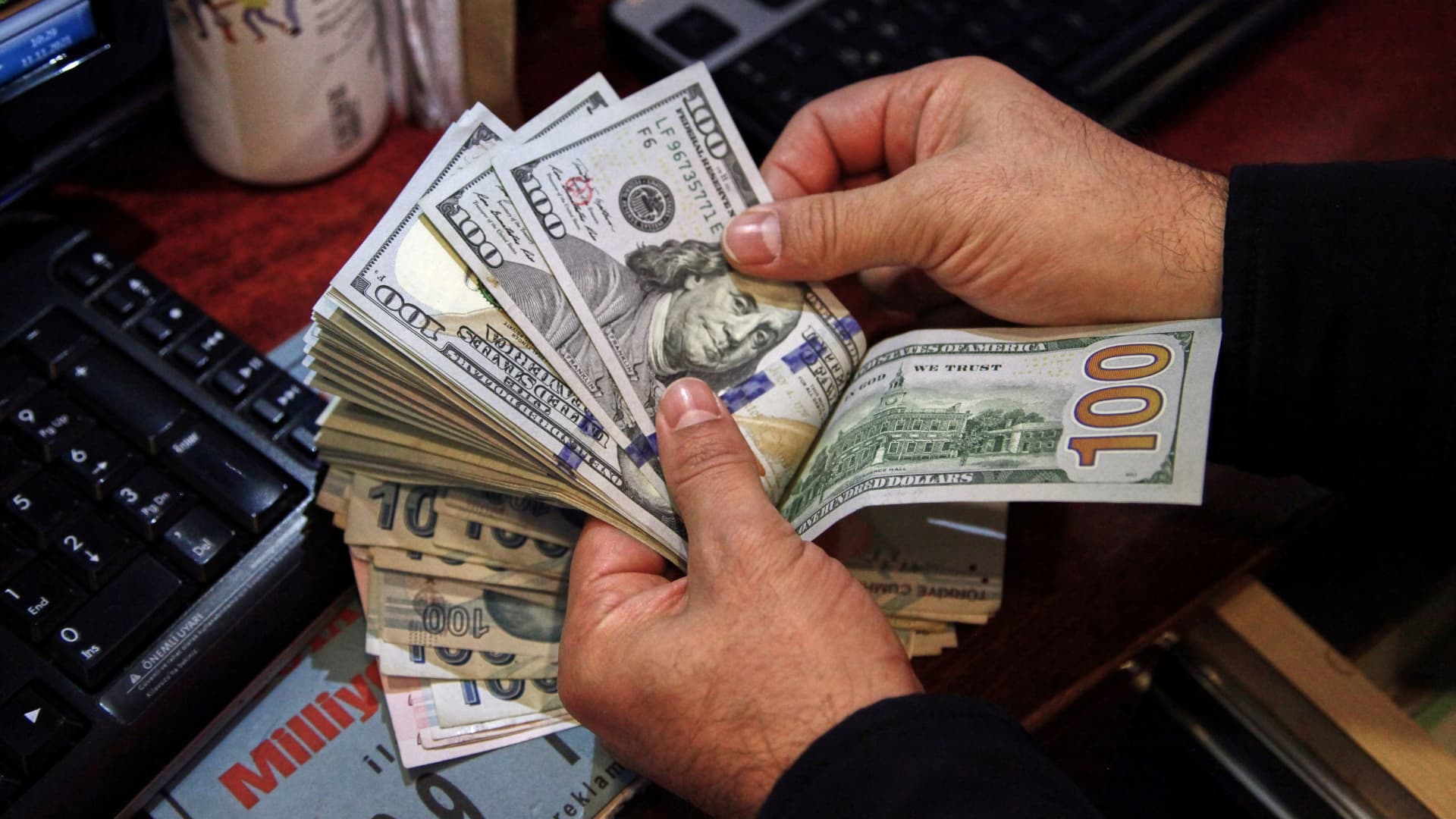US Markets
Friday, October 27th, 2023 1:48 pm EDT
Key Points
- Inflation Accelerated in September: The report from the Commerce Department indicates that inflation in the United States increased in September. The core personal consumption expenditures (PCE) price index, a crucial metric used by the Federal Reserve to measure inflation, rose by 0.3% for the month. This was in line with the Dow Jones estimate and higher than the 0.1% level recorded in August.
- Stronger-Than-Expected Consumer Spending: Despite the rise in prices, consumer spending surpassed expectations. Personal spending increased by 0.7%, exceeding the forecast of 0.5%. However, personal income only rose by 0.3%, slightly below the estimated increase.
- Federal Reserve’s Focus on Core Inflation: The Federal Reserve places more emphasis on core inflation, which is believed to provide a more accurate long-term view of price trends. Core PCE had peaked at around 5.6% in early 2022 but has been on a generally declining trajectory since then, though it remains significantly above the Fed’s 2% annual target. The Fed prefers the PCE index as it considers changing consumer behavior, such as substituting lower-priced goods as prices rise. Despite the inflation report, markets seemed largely unaffected, and traders anticipate no rate hike announcement at the upcoming Federal Reserve policy meeting, with nearly a 100% chance of this outcome according to the CME Group.
In September, inflation in the United States showed an uptick, but consumer spending proved to be even stronger than expected, according to a report from the Commerce Department released on a Friday. The core personal consumption expenditures price index, a key metric for the Federal Reserve in measuring inflation, increased by 0.3% for the month, aligning with the Dow Jones estimate and surpassing the 0.1% figure from August.
Despite the increase in prices, personal spending exceeded expectations, rising by 0.7%, which was better than the projected 0.5%. On the other hand, personal income saw a 0.3% rise, slightly below the estimated increase.
When considering volatile factors such as food and energy prices, the PCE index went up by 0.4%. On a year-over-year basis, core PCE increased by 3.7%, which was slightly lower than the figure for August, while headline PCE was up by 3.4%, remaining the same as the previous month.
The Federal Reserve primarily focuses on core inflation, as it is believed to offer a more accurate representation of the longer-term trend in prices. Core PCE had reached its peak at approximately 5.6% in early 2022 and had been on a generally downward trajectory since then. However, it still remains significantly above the Fed’s annual target of 2%. The Fed prefers the PCE index as its measure of inflation because it accounts for changes in consumer behavior, such as substituting lower-priced goods as prices rise.
In response to this report, financial markets showed limited reaction. Stock market futures pointed slightly higher, and Treasury yields were mixed across the yield curve.
Jeffrey Roach, the Chief Economist at LPL Financial, commented on the report, stating that, “Although consumer prices rose faster than expected from a month ago, core inflation continues to lose speed, and this report will not likely change the Fed’s view that inflation will slow in the coming months as demand slows. Eventually, spending will moderate after several months of consumers spending more than they earn.”
This report is the final inflation update that the Federal Reserve will receive before its two-day policy meeting the following week. Traders have priced in a nearly 100% likelihood that the central bank will not announce a rate hike when the meeting concludes on Wednesday, as per the CME Group’s data.
For the full original article on CNBC, please click here: https://www.cnbc.com/2023/10/27/key-fed-inflation-gauge-rose-0point3percent-as-expected-in-september-spending-tops-estimate.html




